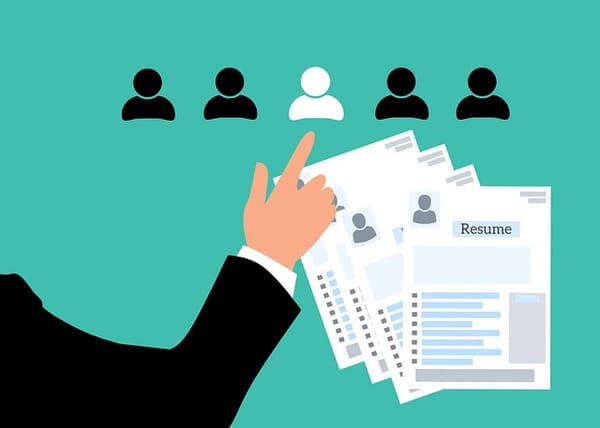Health and safety when selecting new employees
When selecting your next employee, you want to select the candidate who offers the best chance of looking after their own health and safety, and those of others who may be affected by their actions.
Merit-based employment means that unless you have valid reasons for not selecting a candidate, you need to have acted fairly and professionally when the final selection is made. So what are some of the health and safety aspects you should consider? How can you make sure you select the candidate who is the least likely to give you a safety nightmare?
Fitness for work
The candidate needs to be fairly assessed to ensure they are fit for the work you are expecting them to perform – both physically and psychologically.
Functional capacity testing is useful if there is a manual handling or physically strenuous aspect to their work. Certain occupations, including police, fire fighting and security, insist on physical fitness levels to ensure they can perform their roles adequately.
Psychological testing will also be useful if there is stress, customer interfaces or other mental stressors in the work for which you are selecting candidates. There are a number of models that recruitment organisations and human resources professionals use to ensure the future employee can cope with challenging interactions. This fitness-for-work testing needs to be tailored to each organisation.
Likewise, ergonomic assessments may be required to ensure that the person fits within the relevant percentile of the population for which the workspace has been designed. Not all physical statures and sizes can be accommodated. Generally, 5% of the population is outside of the ergonomic design aspects of most workstations.
Health assessments
It is inappropriate to ask if an employee has made a previous workers’ compensation claim. It should not be seen as a barrier or impediment to work in general. However, an independent medical professional may be able to have an honest discussion to determine if any injury, health problem or pre-existing medical conditions are present. These may need to be taken into account in the design of the work or workplace for the individual. Allergies, dietary concerns, and physical or mental illnesses must also be discovered prior to employment so that key placement steps can occur.
These health assessments by medical professionals may also include drug and alcohol screening. In some industries, this is mandatory and can result in immediate termination of employment. Pre-employment concerns need to be identified so that any possibility of jeopardising a candidate’s employment chances is clear at the start.
Hearing, lung function, blood testing and other screening may also be required to establish pre-existing health issues or future employment restrictions.
Training, competency and qualifications
Before looking for your next employee, you must determine the necessary skills, training and licences for the job.
These can include externally recognised qualifications, in house, on the job or other methods of assessing the ability of the candidate to perform their role. A training dossier should be evaluated against a training needs analysis or skills matrix to ensure they have the necessary qualifications for the job. If they do not, then a gap analysis and training plan should be developed to identify and close any gaps before they perform work that is outside their skill set.
It would be wise to conduct literacy, language and numeracy assessments. This could identify issues that may need to be considered when appointing the person. The ability to follow procedures, perform safety checks and calculate loads, dimensions or other numerical data might all need adaption to suit barriers in numeracy or literacy levels.
You should also evaluate the candidate’s safety experience. You can do this by asking them a few key questions:
- Have you been a health and safety representative at a previous workplace?
- Have you ever attended a health and safety meeting?
- Have you raised safety improvements or initiatives?
Current residential location
Also worth considering is where your future employee lives. Will this cause any safety issues, particularly around distance of travel, which may lead to fatigue or excessive hours to get to and from work each day?
The question of how they will get to and from the workplace should also be asked. Access and egress is the responsibility of those who manage or control workplaces, so driving, car-pooling, parking, public transport, walking or bicycling to work may also identify safety considerations.
Summary
You are responsible for the health and safety of your workers. This primary duty of care is non-negotiable and essential to ensure their personal health, safety and wellbeing. Good planning will ensure a better result.
Thorough evaluation prior to employment is critical from a number of angles. It is not done to restrict employment opportunities; but to allow both employers and employees to develop a structured approach to getting the right person in the right job, and performing it safely.
From the experts behind the Health & Safety Handbook, the Bulletin brings you the latest work health and safety news, legal updates, case law and practical advice straight to your inbox every week.

